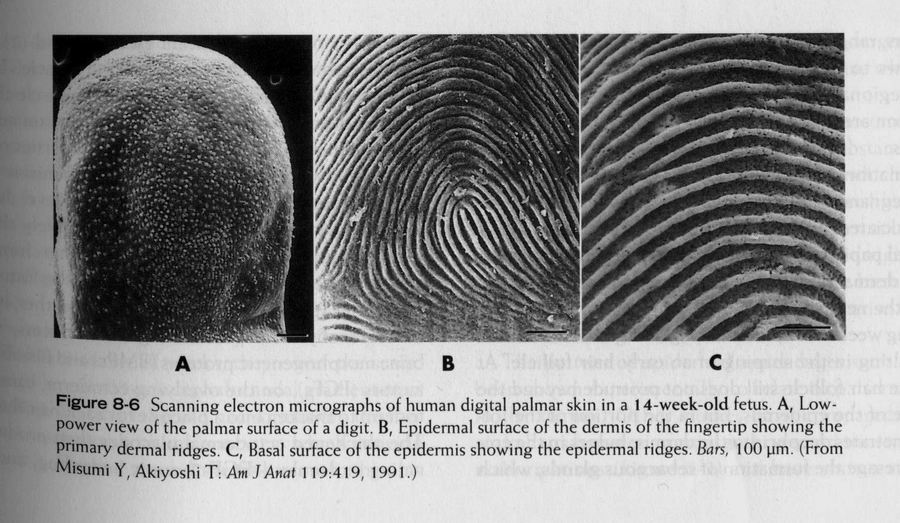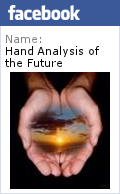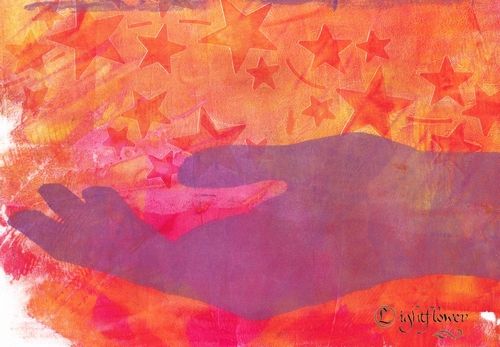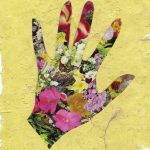Touching on the Future of Hand Analysis
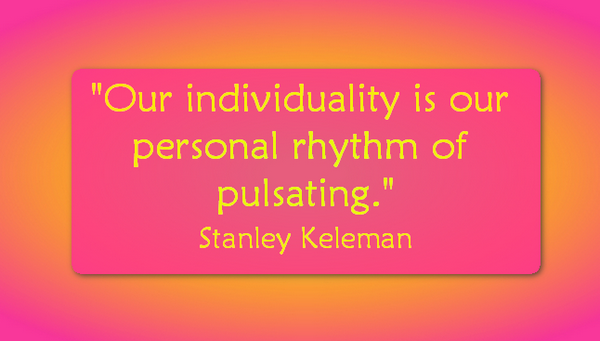
There is some kiss we want with our whole lives,
the touch of Spirit upon the body. – Rumi
Where is hand analysis going in the future? Palmistry is a very ancient technique and tool for using features of the hands to tell a person about about their personality, preferences and behaviors. Methods have been passed down for decades based on anecdotal stories and meanings found repeated over the decades in books on the subject. Only in recent years have deeply interested students in this field dedicated time and effort to actually researching and testing the accuracy of the collection of sometimes contradictory information. I think my greatest interest and enthusiasm lies in the areas related most to understanding why hands can be accurately translated into how we live and respond to our lives. This post contains some of my most recent explorations and current outcomes into understanding the real meaning, function and purpose of the creases and ridges and why through the sense of touch they convey more than just facts as useful features, they also show our state of awareness, alertness, emotional stability, sociability, and physical well being.
Due to the nature of hand analysis it is a tool that has fallen into a variety of toolboxes and medicine bags and used by those with wide ranging skills and intentions. Palmistry can be used to help or hurt people intentionally or unintentionally. It is a powerful tool. Here in the United States there are a number of municipalities that have actually made the practice illegal without bothering to find out that it should be about how, and for what purpose, a tool is used rather than outright banning the tool. Perhaps the NRA can help here with PR. There are differences between those that see it as a tool for making a quick profit versus those that are passionate about their field of study, their work, and their desire to learn more with the intent to use it as a benefit for others.
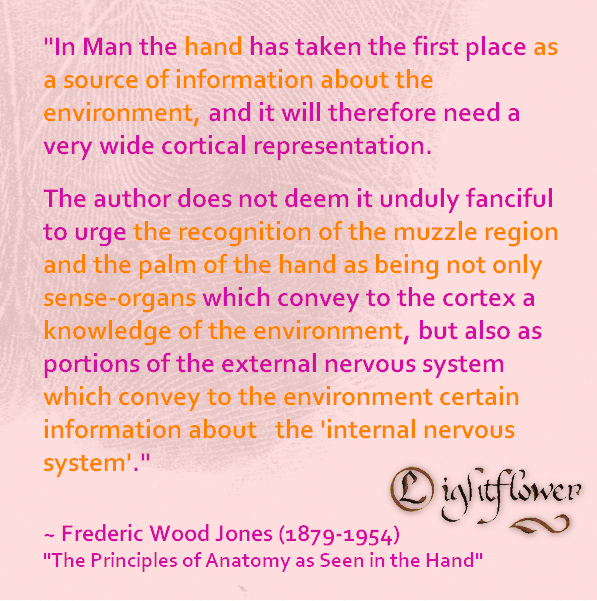
Our hands are incredibly amazing instruments for our sense of touch. I believe their sensory capabilities for receiving, perceiving, processing and sending data to and from our environment have functions we are still discovering and realizing. Many of those who study nature and humans have long observed and studied the fingerprints. Jan Purkinji (1787-1869) was among the first to catalog the fingerprints into a variety of types and how each type seemed to evolve into the next more complex configuration. He also saw patterns as reflective of rhythms and cycles and that these have a matching inner and outer expression in the human. His ability to envision the functions of the body in minute detail led to later discovery of fibers and cells he predicted to exist. One area of research included studying the patterns in the fields of vision when pressure is applied to the eyeballs at different points while alternating eyes.
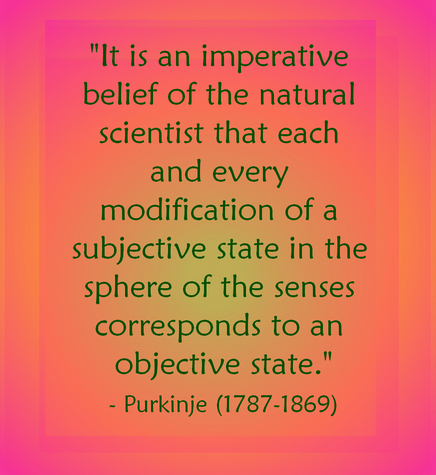
In our everyday world, we think of our hands as useful. They help us get dressed, groom, feed ourselves, and operate our gadgets and tools. They grip and hold and touch. They detect hot and cold, hard and soft, rough and smooth, dry and wet, still and vibrating, pressure and stretching and from the fields relating to sending and receiving energy from hands we know there is even more. On top of that, from their shape, size, texture, flexibility, creases, and individualized fields and patterns of dermatoglyphic, or papillary ridges, we can translate the varieties found into how people use their senses, instincts, experiences and what they inherited through genetics and epigenetics into predictable behaviors, preferences, capabilities and personas.
In the book “Touch, The Science of Hand, Heart, and Mind” by David J. Linden, it is described how a variety of cells with different sensory functions send signals. These cells are arranged in great numbers in our fingertips where we find our unique fingerprints. Something very fascinating to me that he points out, is that although we are looking at the fingerprints as they face outward, this is the dead skin layer that has slowly risen to the top and will flake off. Repeating this cycle about every fifty days or so. The newest and liveliest layer looks identical in pattern and is actually facing inwards. The surface we see is the bottom oldest layer risen to the top. This pattern is directed inward and outward. During development the cells involved in innervating the papillary ridges have already pulled into a pattern that will resemble the ridge pattern that develops over days and weeks later. This pattern slowly becomes visible as the ridges develop in the layers moving toward the outer surface.
There are some cells with a specific function that are in the part of the skin that is located in the ridge and there are other cells with another function that are located in the groove where the skin is thinner and they are at a more shallow location although down in the groove. These cells send signals relating to things like shape and curvature, and movement and vibration. There are cells that relate to duration of touch, creating electrical discharges, pressure, sensing temperature and a number of other things. The most fascinating thing to me is that because of their arrangement in the rows of ridges, they reflect the same patterns as the ridges. I wrote and shared an earlier article here, about ridge patterns, especially the triradii, relating to impulses, and how the nerves form in the pattern of the future ridges during development before the ridges form, along with some helpful references.
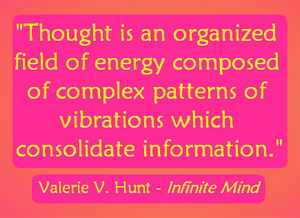
The cells that are located in the ridges are called Merkel cells and they are sensitive to slight indentations. They are most responsible for our ability to read braille with our fingertips. Down in the grooves the Pacinian touch sensors are highly sensitive to vibrations but have little clue as to where the vibrations are coming from. Recently I was studying photos of whale bellies. They have a surface pattern on the skin that very much resembles our ridged palms. One has to wonder if this allows their bodies to feel the pressures and movements in the water causing subtle indentations as well as picking up vibrations transmitted through the water. The bumps on the noses of dogs and cats, and snouts on animals also contain touch sensors.
It’s interesting to realize that there are continuous pulses and sparks emanating inward and outward in the same design as we are observing in the surface fingerprint. I can visualize a sort of animation of pulsating and flashing neon lights emanating perhaps in alternating like fashion from the rows of ridges and grooves. This intense activity is mostly concentrated in the fingertip pads but also on the rest of the ridged surface of the fingers and palms to lesser degrees. Once data is received and signals pulsed in their patterns reflecting whorls, tented arches, yin/yang twin loops, lone loops and simple nearly horizontal arches, both inwardly and outwardly directed, it is narrowed down into channels or sensor nerves that take the data to the spinal cord.
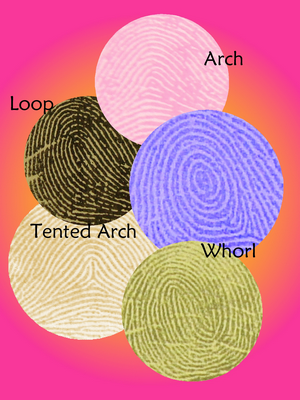
Touch is a sense that we closely relate to emotion. We say things like how we’re ‘deeply touched’ when we speak of something that has moved us emotionally on a deep and personal level. We speak of our feelings as we feel our way through this journey of life. We are often ‘hit hard’ by the impact of some things we hear or read about. In Hand Analysis we look at how people with certain types of fingerprints behave and respond and compare and categorize the people and types. In hand development it is known that fingerprints form under conditions related to the speed, order and timing of the features involved. There’s a kind of common sense approach to understanding the prints in thinking about the appearance of being more laid back, methodical, the black or white nature of those with simple arches as compared to the more complex whorls on people whose minds search around every opposing bend looking for answers. These patterns form at different combinations of speed, order and timing creating the resulting unique but easy to categorize patterns.
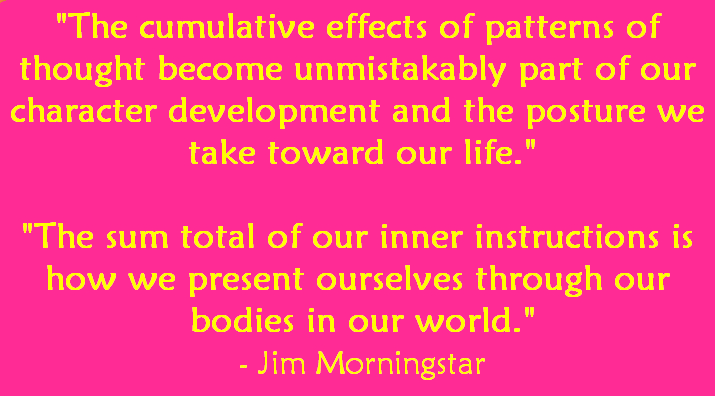
Subtle changes in the sensitivity of our skin could leave us unable to do simple tasks such as typing on a keyboard as we wouldn’t have signals to our brain telling us how hard and how long to press each key. Our hands contain many receptors and signalers enabling us to exquisitely touch our world, use tools and function in ways that so many of us daily take for granted until we’ve injured one and realize a simple task like putting a button through a button hole becomes much more difficult.
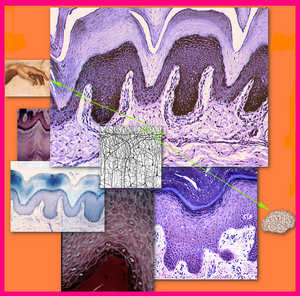
Among those who also share a vision for acceptance in the academic, scientific and medical communities of our work without taking and repackaging it sans acknowledgement, are a few hand reading colleagues. One is Ed Campbell who has developed a theory from repeated observations and testimony that if a person has mismatched fingerprints, on the thumb and index fingers, they have to adjust when they play basketball in order to throw straight ahead to the basket.
This is quite possible with how the patterns are reflected inwardly and outwardly and the various sensor cells are sending signals describing the surface details in the form of the fingerprint pattern that is touching the surface. This information is sent individually from each sensor cell via a singular nerve fiber to the spinal cord and would have some differences as the cells signaling and sensing are aligned differently. It would seem, however, that the person with these prints that are not mirrored in both hands, would have intuitively adjusted and incorporated the differences into their throwing style. This would seem the case because the self reported feedback would illustrate that awareness in self.
I hope this article touches you in a way that inspires you to learn more about hands and why their features can be interpreted for better understanding of self and of others.
Thank you for reading!
in joy,
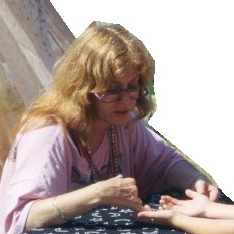
Hand Analysis of the Future on Facebook
Learn to Read Hands with methods that evolved from how our hands function and their development combined with tried and true concepts and hand maps.

